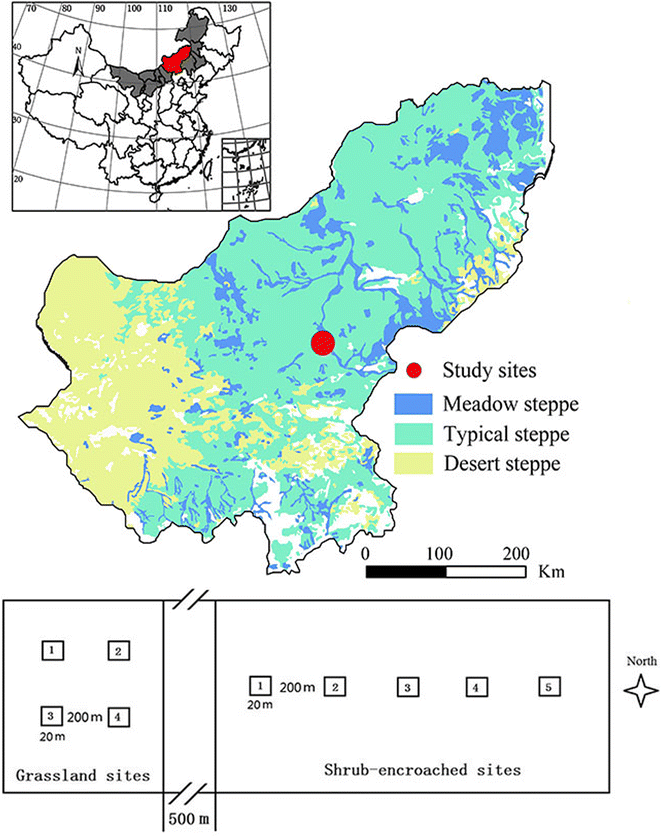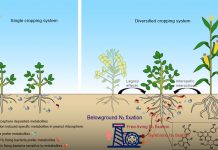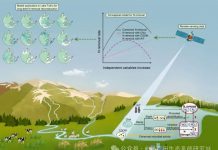Xingjia Xiang, Sean M. Gibbons, He LiHaihua Shen, Jingyun Fang, Haiyan Chu. Shrub encroachment is associated with changes in soil bacterial community composition in a temperate grassland ecosystem. Plant and Soil, 2018, doi.org/10.1007/s11104-018-3605-x
Abstract
Aims
The effects of shrub encroachment on plant and soil properties have been well studied. However, little is known about how shrub encroachment influences soil bacterial communities. We investigated the effects of shrub encroachment on grassland soil bacterial communities along a soil depth gradient in the Inner Mongolian region of China.
Methods
The belowground bacterial communities were examined using high-throughput sequencing of the 16S rRNA gene (V4-V5 region, Illumina MiSeq).
Results
Bacterial alpha-diversity was higher in shrub-encroached soils than in control grassland soils. Bacterial OTU richness was highest at 0–20 cm soil depths, while phylogenetic diversity was greatest at 10–20 cm soil depths. At each soil depth layer, shrub encroachment was associated with a significant shift in bacterial community composition. Change in soil pH was the factor most strongly related to change in bacterial community composition associated with shrub encroachment at all four depth horizons in the soils. Shrub encroachment appears to alter the distribution of bacterial life history strategies in the surface soil (i.e., showing an enrichment in copiotrophs and a depletion in oligotrophs) and shrubs are associated with an increase in nitrification potential in deeper soil horizons.
Conclusions
Our results indicate that the influence of shrub encroachment on bacterial community composition extends deep into the soil. The intensity of shrub encroachment at this study site suggests that this ecosystem is undergoing dramatic succession towards shrub-dominance, which will likely trigger shifts in ecosystem function.








